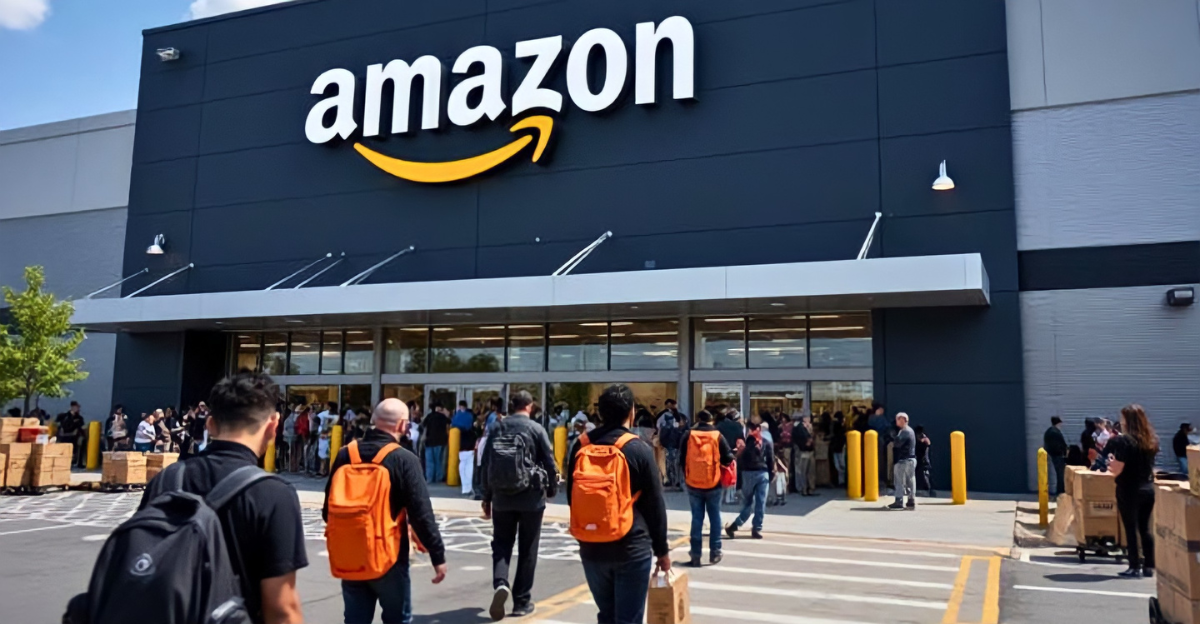
The workforce landscape is undergoing a seismic shift, driven by advancements in artificial intelligence. Amazon stands at the forefront of this transformation under CEO Andy Jassy, who aptly stated in June 2025, “We will need fewer people.” His words fuel a growing debate in the industry about the implications of AI’s ability to automate jobs.
This moment is pivotal, where tech giants are not only adapting but accelerating their strategies. Amid this disruption, questions arise about job security and what the future holds for workers in rapidly evolving sectors. “The future looks uncertain,” said an AWS engineer, reflecting the widespread concern within the industry.
The Scope of Job Cuts

Amazon’s restructuring is part of a broader trend sweeping through the tech industry, highlighting an unsettling reality. As of July 2025, the company had cut hundreds of jobs in its AWS cloud division, a move that resonates far beyond its walls. Competing tech giants are also experiencing layoffs, underscoring a fierce race for efficiency driven by AI.
With a palpable sense of urgency, tech companies are re-evaluating their workforce needs. “It feels like every day there’s news of another round of cuts,” shared a former employee, illustrating the anxiety spreading throughout the sector as belief in job stability dwindles.
Amazon’s Layoff Legacy

Over the past three years, Amazon has systematically reduced its workforce, eliminating more than 27,000 jobs, primarily in corporate and technology roles. The impetus behind these layoffs stems from economic uncertainty compounded by swift digital transformations.
As layoffs intensified since 2022, it became clear that the company’s current operational efficiency goals were heavily influencing workforce decisions. “I never thought I’d be part of a layoff after so long,” a recently departed corporate employee lamented, highlighting the emotional toll of these changes. The historic context frames the current AI-driven cuts, leaving many feeling vulnerable as Amazon reshapes its future.
Increasing Automation at Amazon

AI systems are being introduced at a dizzying pace within Amazon, redefining roles that were once the domain of human workers. Jassy’s memo from June outlined the company’s rapid deployment of generative AI and autonomous systems, demonstrating how deeply these technologies are integrated into daily operations. Departments ranging from customer service to cloud product teams are experiencing significant shifts as automation takes hold.
“I was surprised to see how quickly new tools replaced my tasks,” commented a long-term employee, showcasing the abrupt nature of these changes. This transition reflects a longer-term strategy aimed at enhancing productivity–but at what cost?
Turning Point

A notable turning point occurred in June and July 2025, when Amazon cut thousands of jobs, part of a larger movement affecting “tens of thousands” globally since 2022. The layoffs were primarily driven by the rapid deployment of generative AI and intensified automation priorities within both US and international offices.
Current and former employees are grappling with the implications of this transition, as many confront the realities of suddenly disrupted lives. “It’s hard to process being let go when you give so much to a company,” expressed an AWS staff member, emphasizing the human impact behind the statistics.
The Impact on the Labor Market
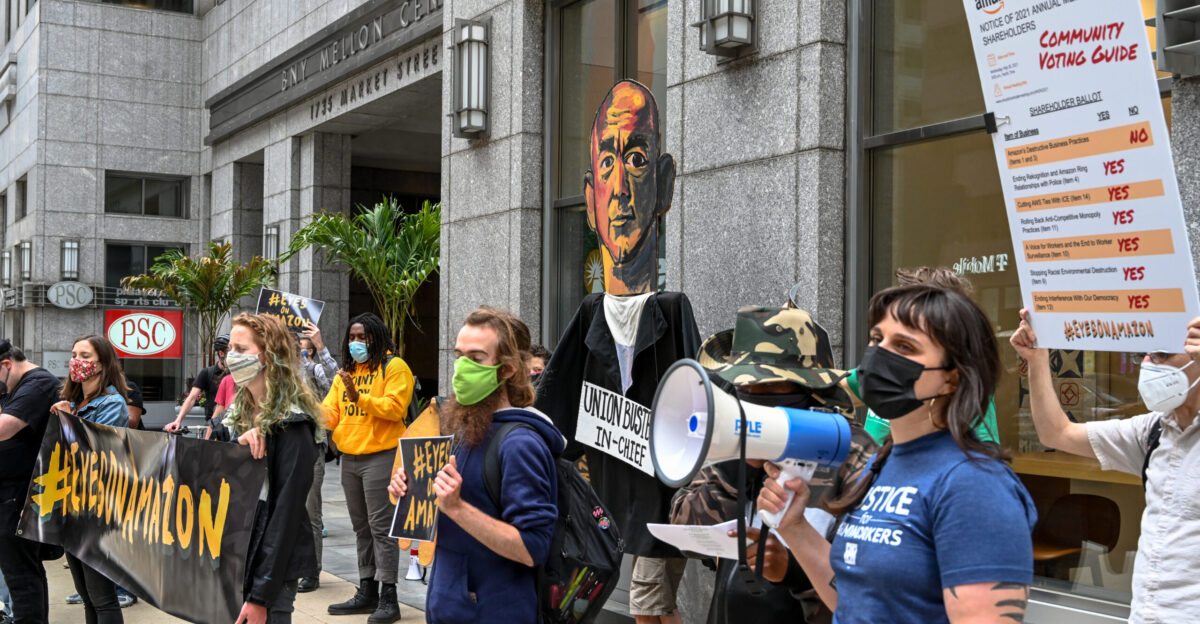
As Amazon restructured its workforce, major metropolitan areas like Seattle, New York, and Dallas felt the ripple effects. Local economies that once thrived on tech employment are now grappling with a significant number of job losses. The displacement of workers raises broader national concerns about job stability and the health of the tech sector.
“I watched friends lose their jobs overnight, and it felt surreal,” a laid-off software engineer shared, capturing the emotional turmoil faced by many. The shrinking workforce not only influences individual lives but also shapes the future landscape of regional economies and employment prospects.
Voices of the Displaced
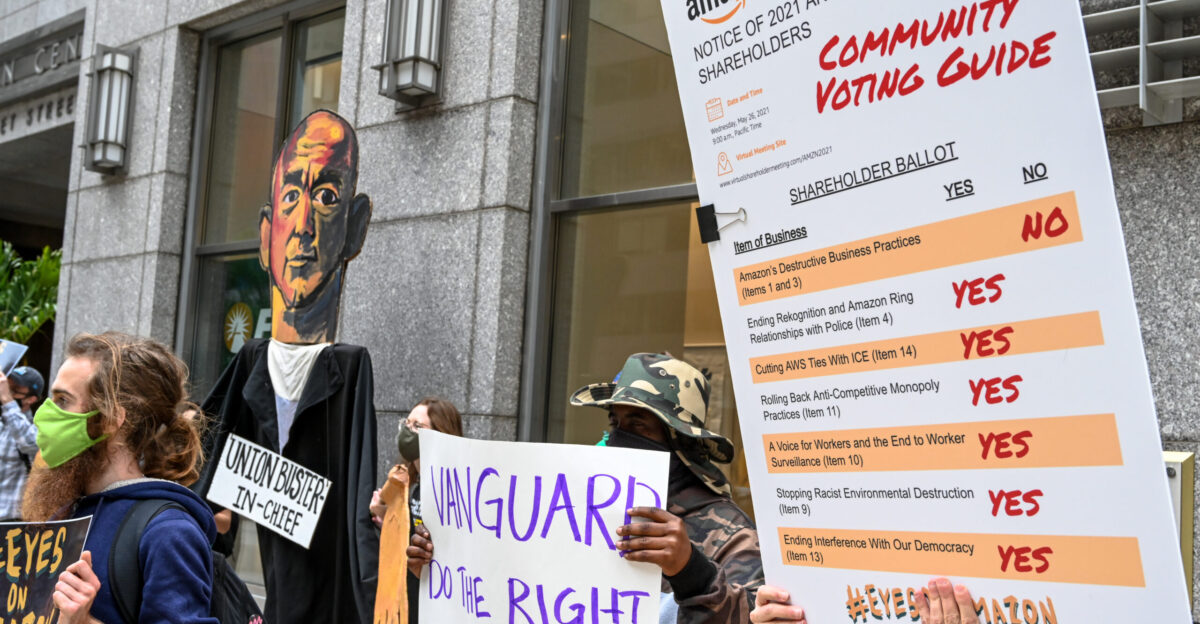
The voices of former Amazon employees resonate with shock and uncertainty following the unprecedented layoffs. One engineer, who dedicated a decade to AWS, noted, “I was let go after ten years with no warning,” a sentiment echoed across public HR forums filled with anxiety about job security.
Current discussions reveal a workforce grappling with fears of redundancy and questions about future opportunities. “When you spend years at a company, being suddenly dismissed is jarring,” shared another ex-employee, as they linger on potential next steps in their career paths. The human impact is profound, highlighting the emotional ramifications of corporate decision-making.
Competitors in the Trenches

The wave of layoffs is not limited to Amazon; competitors like Microsoft, Meta, and Google have mirrored these downsizing efforts, viewing AI as a catalyst. As of 2025, Microsoft announced nearly 6,000 job cuts, while other tech peers also restructured their teams.
These shifts spark a nationwide conversation about the industry’s evolution amid regulatory scrutiny and economic pressures. “It’s scary to think about how many of us are affected,” reflected a tech consultant, capturing the collective anxiety faced across the sector. The landscape appears turbulent as companies scramble to better align with the rapid advancements in AI technology.
A Broader Context

The situation is a microcosm of Silicon Valley’s current climate, where layoffs driven by automation are rising dramatically. Over 50,000 tech jobs were lost in 2025 alone as investors push for cost optimization. The urgency from shareholders to improve margins is impacting the workforce, leaving many analysts questioning the sustainability of such aggressive measures.
“We’re seeing a wave of changes that might come back to haunt these companies,” mentioned an analyst, expressing concern over long-term talent loss. The interconnected nature of these decisions forms a critical narrative within the ongoing transformations in the industry.
The Surge of International Talent

Amid layoffs, Amazon has dramatically increased its hiring of foreign talent, with over 12,000 H-1B visa approvals in the fiscal year 2025. This strategic pivot is reshaping its workforce, focusing on filling specialized roles while simultaneously raising questions about broader labor market impacts.
“It feels like they want fresh perspectives without the baggage,” observed an immigration expert, hinting at potential implications for domestic workers. As the company navigates these complexities, the balance between talent acquisition and employee retention remains precarious and an ever-evolving dilemma faced by like-minded firms attempting to scale rapidly.
Navigating Internal Uncertainty
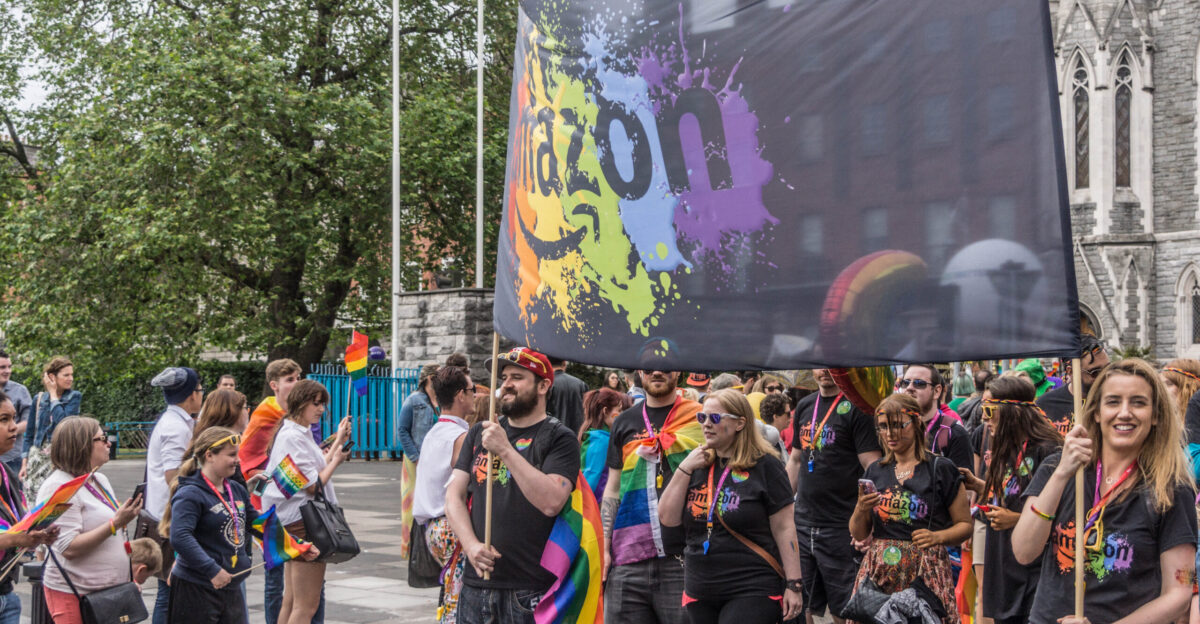
Inside Amazon, employee sentiments are mixed, underlining an atmosphere fraught with uncertainty. While many are anxious about potential job loss, others perceive opportunities for growth amidst the changes. A current engineer described, “We’re being asked to upskill in AI but fear redundancy,” painting a nuanced picture of the current atmosphere within the company.
Employee forums encompass a wide range of perspectives, reflecting a workforce torn between excitement for future possibilities and dread of imminent job insecurity. As staff attempt to adapt, the emotional landscape continues to shift, shaping how they view their relevance in a tech-driven world.
Leadership’s Optimistic Vision

Despite turmoil, CEO Andy Jassy exhibits a commitment to a hopeful future, urging his team to embrace innovation. In a June statement, he noted, “Efficiency gains mean fewer traditional roles but more opportunities for innovation,” hinting at a transformative trajectory within the company. This leadership vision emphasizes AI not just as a disruptor but as a catalyst for growth.
“They keep saying we’re moving forward, but it’s hard to see the light at the end of the tunnel,” voiced a skeptical software engineer. Such insights illuminate the disconnect between corporate optimism and workforce apprehensions in a rapidly changing environment.
Pushing for a Comeback
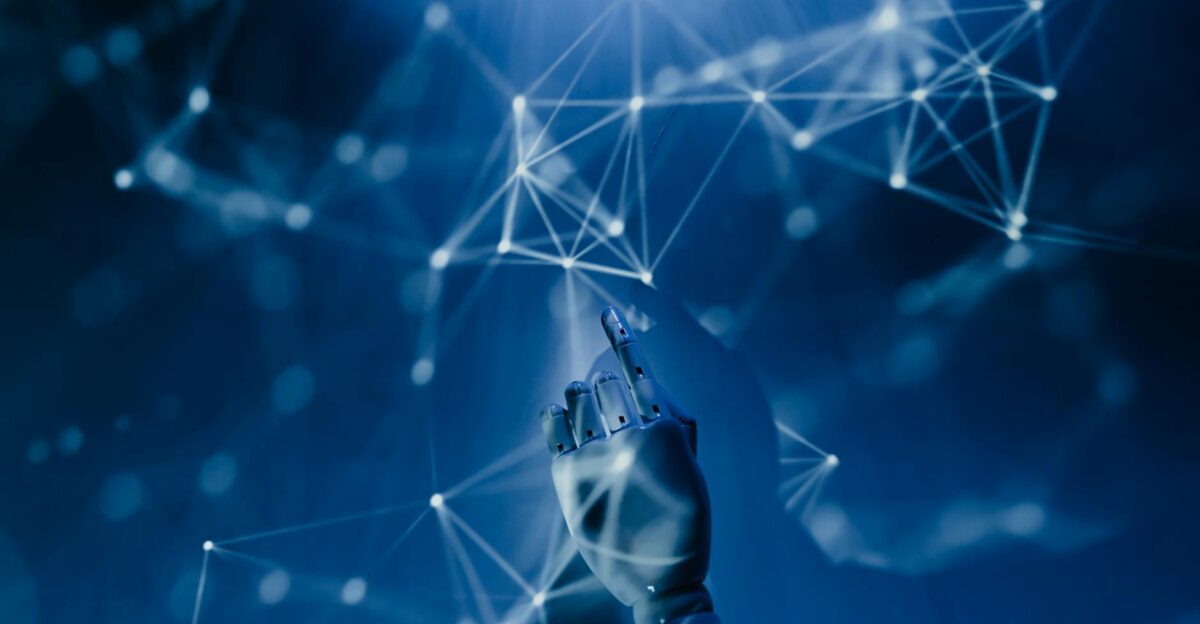
In response to the ongoing challenges, Amazon is actively retraining its workforce to manage and innovate with AI technologies. The emergence of new roles in data science, generative AI infrastructure, and automation system design reflects the company’s strategy to balance the impacts of layoffs with future growth initiatives.
“I want to believe there’s a place for me in this new landscape,” reflected a recently retained employee, showcasing mixed emotions about the company’s retraining efforts. As the organization pivots, the results of these investments could determine not only the future of many jobs but also the direction the company will take in a highly competitive industry.
Experts Weigh In

Labor economists remain cautious about the repercussions of Amazon’s changes. Dr. Hannah Li noted, “Visa-driven hiring could lower costs, but deep layoffs harm morale,” insightfully capturing the tension between immediate savings and long-term employee satisfaction. Experts caution against moving too quickly, fearing not only talent loss but also potential regulatory consequences.
“It’s a double-edged sword they need talent, but must also consider the human costs,” shared an economic analyst, echoing concerns about the balance between operational efficiency and workforce health. Such critiques emphasize the delicate dance companies face as they navigate rapidly evolving landscapes.
Legislative Responses on the Horizon

Congress is now examining tighter regulations on H-1B visas, spurred by the outcry over job losses and economic displacement. Proposed fee hikes and stricter compliance measures are under consideration, targeting tech firms like Amazon that have intensified their hiring of foreign workers.
“We could be witnessing a turning point in labor policy,” observed a legislative analyst, noting the potential for significant changes for both the tech industry and the broader job market. How Amazon adapts to these evolving requirements will be crucial, as its actions could shape the future of immigration and labor dynamics in the US.
Employee Adaptation Challenges
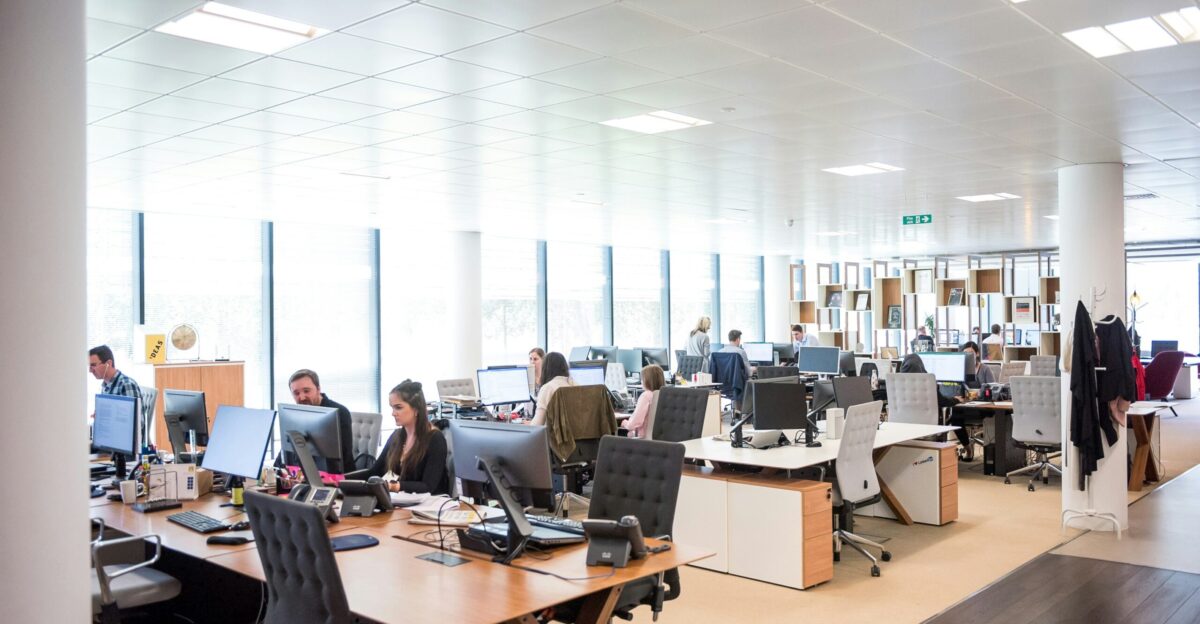
As Amazon’s workforce grapples with evolving demands, many employees find themselves facing skills gaps in AI and automation. The push for upskilling creates both opportunities and challenges, igniting concerns about ongoing relevancy. “I want to learn, but the pace is overwhelming,” mentioned a corporate worker aiming to keep pace with new technologies.
Employee experiences reveal the tension between eagerness for advancement and the fear of falling behind. This struggle illustrates the broader trend where organizations are challenged to ensure their staff can thrive amid rapid technological change balancing ambition with attainable goals remains a pressing concern.
Community Sentiments

As the impacts of Amazon’s layoffs ripple through communities, the sentiment is palpable. Many former employees and their families are left navigating newfound uncertainty in their lives. “We’ve built our lives around stability, and now it feels as if we’re starting over,” shared an ex-employee reflecting on the personal turmoil many are facing.
This human aspect remains critical as affected workers congregate in support groups, exchanging insights and providing encouragement. The community’s response to these unprecedented changes underscores the need for solidarity and adaptability in times of upheaval, illustrating the essence of resilience in the face of adversity.
Future of AI in the Workplace

While automation poses challenges, it simultaneously presents new horizons for innovation and productive collaboration between humans and AI. As companies explore these synergies, the focus on harnessing AI for creative solutions sparks conversations about the future of the workplace.
A tech analyst remarked, “We’re likely entering an era where human and artificial intelligence will coexist in new ways.” The potential for a transformed labor landscape evokes questions about how firms can maintain their competitive edge while supporting their human workforce. Balancing these advancements will be crucial for future growth as companies navigate uncharted waters in their pursuit of digital excellence.
The Fight for Worker Rights

In light of ongoing layoffs and rising automation, advocacy for worker rights has gained momentum in various circles. Labor organizations are pushing for policies that prioritize job security, fair wages, and equitable access to retraining opportunities. “Workers deserve a voice in this transition, not just the companies dictating change,” expressed a union representative advocating for reform.
As the industry grapples with the implications of AI, the need for comprehensive labor protections must be addressed to ensure fair treatment in the evolving workforce landscape. The dialogue surrounding worker rights becomes ever more critical amid these sweeping changes affecting millions.
Navigating Tomorrow’s Workforce
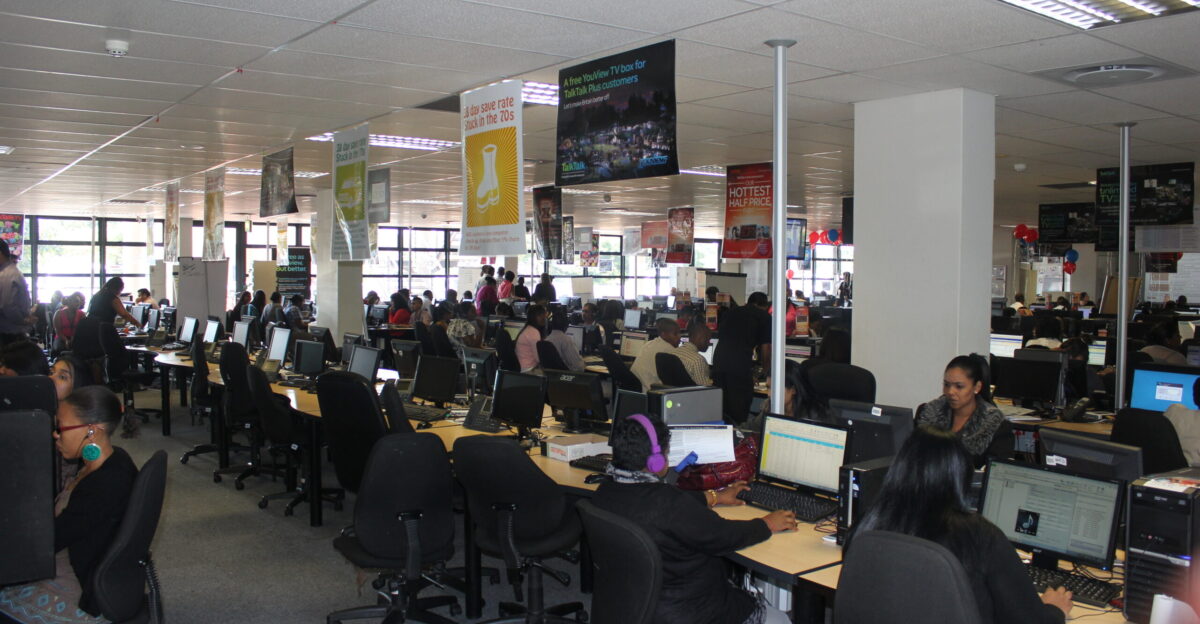
As the technological landscape continues to evolve, both companies and employees must adapt to navigate the complexities ahead. The emphasis on innovation through AI, coupled with an understanding of the value of human capital, will shape the workforce of the future. “We will have to redefine what success looks like,” noted a tech strategist, suggesting a new paradigm for professional achievement.
The interplay between technology, workforce dynamics, and policy adjustments will be integral in determining how businesses thrive while supporting their employees. Only by fostering resilience and adaptability can individuals and organizations successfully embrace the uncertain future that lies ahead.